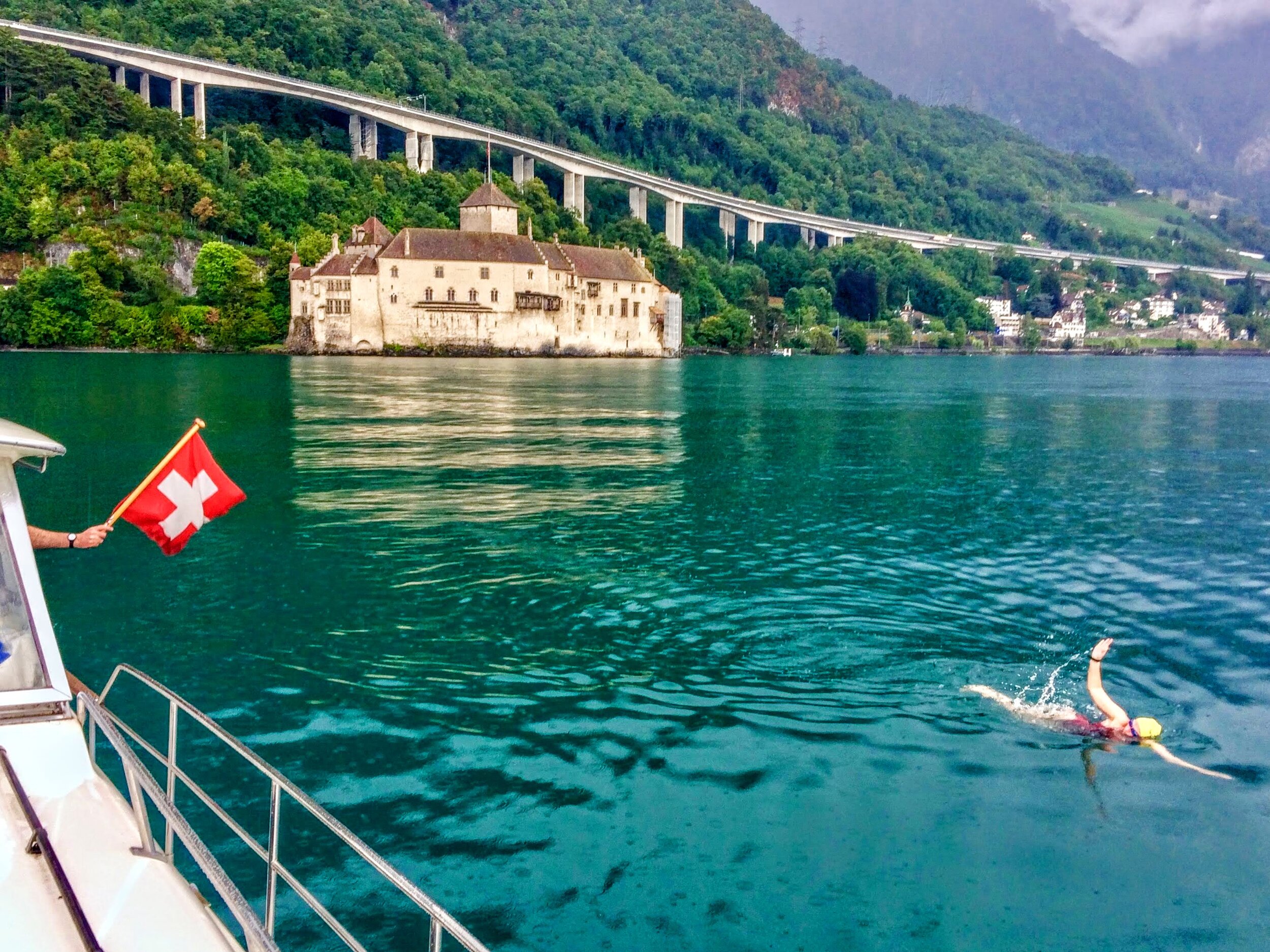What makes a body of water dangerous?
In this blog, we are going to have a look at the aspects that make a body of water dangerous. Do note that we will discuss the bodies of water that you find while driving around your neighbourhood. Because the sea is a whole different beast altogether.
Know the difference between lakes, reservoirs and sandpits
A lake can look very similar to a reservoir or a sandpit, but the difference is in its function. A lake supports the local animal and wildlife, while a reservoir can be used for flood control, water supply or as a source of hydroelectricity.
Lake Geneva, for example, is made up entirely of freshwater flowing directly from the stunning alpine scenery that surrounds it. The clean water supports plenty of wildlife and plants from shore to shore.
Lake Geneva
While a reservoir makes for a dangerous swim because of a few reasons
They tend to have very steep sides which makes them hard to get out of;
They can be very deep with machinery at the bottom that could cause injury;
Pumps might control the flow of water which creates a clam surface but dangerous currents underneath.
These points give a good indicator of what makes a body of water dangerous in general:
it’s difficult to get out of the water once you’re in it;
the water is very deep which makes it difficult to see what’s at the bottom
and there could still be currents that pull you into the water.
But these indicators also make a reservoir easier to spot than a sandpit. A sandpit lake is created when sand and gravel is mined below the water table of the groundwater. The water forms a lake because the surface is now lower.
Example of a sandpit lake.
When we go through our list of indicators, a sandpit seems a little safer. It should be easier to get out of and there won’t be any machinery or pumps at the bottom to control the water.
A sandpit could be a decent body of water for a swim. But not without taking precautions. It’s not just the body of water that’s safe or unsafe, but also how a swimmer approaches a swim.
Pollution levels of the water itself
The level of pollution also affects if a body of water is safe or not. Every single body of water on the planet contains pathogens. When swimming, the pathogens can enter the body through the nose, the mouth and broken skin. The effect a pathogen can have on the body depends on the person but also on the type of pathogen. The most dangerous are:
Enteric bacteria: The groups of this type of bacteria that are pathogenic can cause gastroenteritis, skin and ear infections and bacillary dysentery.
Viruses: Pathogenic viruses like Rotaviruses, Adenoviruses, Noroviruses and Hepatitis can cause diarrhoea, vomiting, hepatitis A and E and respiratory disease.
Worms can cause vomiting, coughing, chest pain, fever and gastroenteritis.
Before going into the water, you can decide if a body of water is polluted by looking at some of the common signs. The first is the colour of the water. Is it dirty or murky? Is there an oily film on the water? This could mean that the water is polluted.
Polluted water
If you aren’t sure about the colour of the water, you could try smelling the water and look for drains. If the water smells unpleasant or/and there is a drain flowing into the water, there shouldn’t be any doubt.
A big no is if there are sick or dead fish on the shore or the water. If fish can’t swim in the water then neither can you.
How to recognize a dangerous body of water?
In this blog, we talked about what makes a body of water dangerous to swim in. As said, there are some clear indicators that a body of water could be dangerous.
However, like cold-water swimmers, experience with swimming in open water can reduce some of the dangerous aspects. Some bodies of water are inherently dangerous because of the way they trap the swimmer in the water or because of pollution. But others could be safe to swim as long as the swimmer takes the right precautions.
Lake Geneva is the largest alpine lake in Europe and has easy access to clean water. And LGSA offers you the safest swim in the lake because we will support you with a professional water safety team and feed stations during your swim. Choose one of our swims and swim in one of the cleanest lakes in the world.



